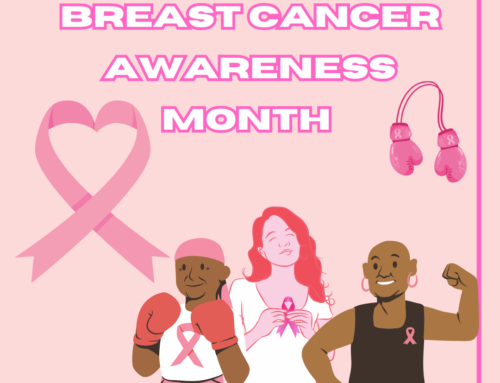April is National Diabetes Awareness Month!
Greeting Readers!
Our health and taking care of our bodies should always be a priority, regardless of age, gender, and race. There are many external factors that can affect the way we feel, and this can influence the way we live our lives and how we see the world. We feel our best when we are comfortable in our bodies, therefore it is important to take note of changes in the way we feel and consult a professional when the issues begin to affect our quality of life.
Diabetes is a condition that occurs when the body can’t properly process sugar into energy. For someone with diabetes, the body can fail to use insulin correctly or the pancreas can fail to make enough insulin for the body. There are many factors that can influence the probability of having diabetes, such as diet, lifestyle, environment, and genetics. It is important to learn and stay informed about diabetes so we can care for our bodies as best as we can.
In the United States, there are over 30 million people living with diabetes, that is 1 in every 10 people. Additionally, 1 in 5 people don’t even know they have diabetes. Knowing the symptoms of diabetes can help identify the chronic disease. The most common symptoms of diabetes are feeling extremely thirsty, feeling hungry even while eating, urinating frequently, having cuts that are slow to heal, blurred vision, unexplained weight loss (Type 1), and numbness in hands and feet (Type 2). Symptoms can happen suddenly for those with Type 1 diabetes but with Type 2, they can occur more gradually, and at times, there are no signs at all.
Consulting a medical professional is necessary when treating diabetes. Not managing diabetes can lead to a stroke, an increased risk of heart disease or heart failure, and a threat to vision, limbs, and other extremities. While there is no cure for diabetes yet, it can be managed through a variety of lifestyle changes. This can vary by each person’s medical professionals’ recommendations and lifestyle. More commonly, having a healthy diet, being active, and medication can help those with diabetes get on the right track to managing their health successfully.
Here is how YOU can be a Prevention Partner:
Resources:
- CardioSmart American College of Cardiology
- American Diabetes Association
- Everyday Health- How Family History and Risk Factors Relate to Type 1, Type 2, and Gestational Diabetes






